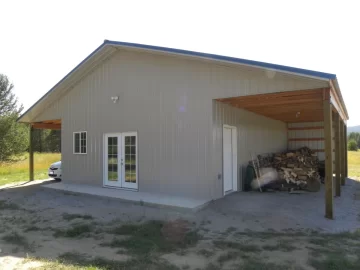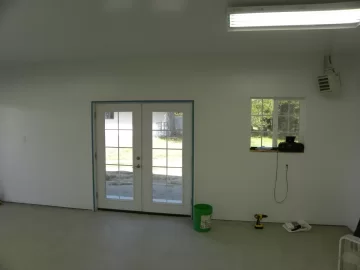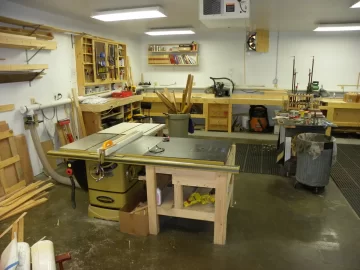I am in Central Ohio between Dayton and Columbus
Electric $.093-.10 kw/hr Dayton Power and Light
Propane $1.48/gallon( Doing a summer fill when the price is at the lowest) I only use a few hundred gallons/year
Corn $4.03/Bu (from farmer filling a gravity wagon) elevator price is $10 .00 per 100 lb
Pellets $180.00/ton TSC using the Neighbors club discount
Natural gas ? We are in the country and I have no idea.
Fuel oil ? I dont know anybody on fuel oil. It is not very popular here like it is out East.
All cost quoted include tax delivery fee ect. Basically the billed amount divided by the quantity. My electric cost per kw/hr went down this spring for some reason? And I am not on any of the 2nd hand electric providers. Been down that road before. Had to get PUCO involved because they were trying to screw me!
Electric $.093-.10 kw/hr Dayton Power and Light
Propane $1.48/gallon( Doing a summer fill when the price is at the lowest) I only use a few hundred gallons/year
Corn $4.03/Bu (from farmer filling a gravity wagon) elevator price is $10 .00 per 100 lb
Pellets $180.00/ton TSC using the Neighbors club discount
Natural gas ? We are in the country and I have no idea.
Fuel oil ? I dont know anybody on fuel oil. It is not very popular here like it is out East.
All cost quoted include tax delivery fee ect. Basically the billed amount divided by the quantity. My electric cost per kw/hr went down this spring for some reason? And I am not on any of the 2nd hand electric providers. Been down that road before. Had to get PUCO involved because they were trying to screw me!
Last edited:


 Does that include taxes ect? Like if you used 1000 kw/hr in a month your boll would be about $64.00?
Does that include taxes ect? Like if you used 1000 kw/hr in a month your boll would be about $64.00?



